Orchid: Ultimate Flower Guide

Distinctive, bright and beautiful – there are a lot of reasons orchids are so popular. But they do have a bit of reputation for being tricky to care for, a reputation that really isn’t deserved. All an orchid needs is the right TLC and it can last years and years. Stick with us and we’ll fill you in on how, with this guide to all things orchid, from how to keep them thriving to the different types.
Did you know?
- There are around 28,000 species in the orchid family, or Orchidaceae to give it the proper scientific name!
- There’s an orchid that looks exactly like a bee (called the bee orchid, of course)
- Orchids are usually tropical plants, but there are at least four species living north of the Arctic Circle
Orchid meaning: what do orchids symbolise?
Like many blooms the meaning of an orchid might change according to its colour, so a white orchid might signify innocence, while red can indicate passion. What all orchid’s symbolise though is a refined beauty. This idea emerged during the Victorian period when these expensive flowers were worn by those dressing to impress. A favourite for gent’s buttonholes the orchid combined was striking but simple: a guaranteed eyecatcher.
Thanks to Mandy Kirkby’s The Language of Flowers for this handy bit of floral history.
Orchid Types
Here’s some of the most popular varieties available to buy:
Vanda Orchid
Phalaenopsis Orchid
Cymbidium Orchid
Dendrobium Orchid
Join Our Newsletter
You’ll get 15% Off Your First Order
Our emails are packed full of beautiful blooms, news and offers. We’ve also got lots of festive gifting ideas too!
We can’t wait to share our love of beautiful blooms with you.
How to water
There are three key ways to water orchids indoors, but it’s worth remembering orchids hate being overwatered. They might be tropical, but they shouldn’t ever be left sitting in water else their roots will rot.
Our other top tip is to use water that’s been boiled and cooled, or that’s been distilled. It might be fussy but tap water includes a lot of impurities that might be fine for us but aren’t so good for orchids (especially when you mist them, we’ll come to that later).
Option 1: Submerge your orchid once a week
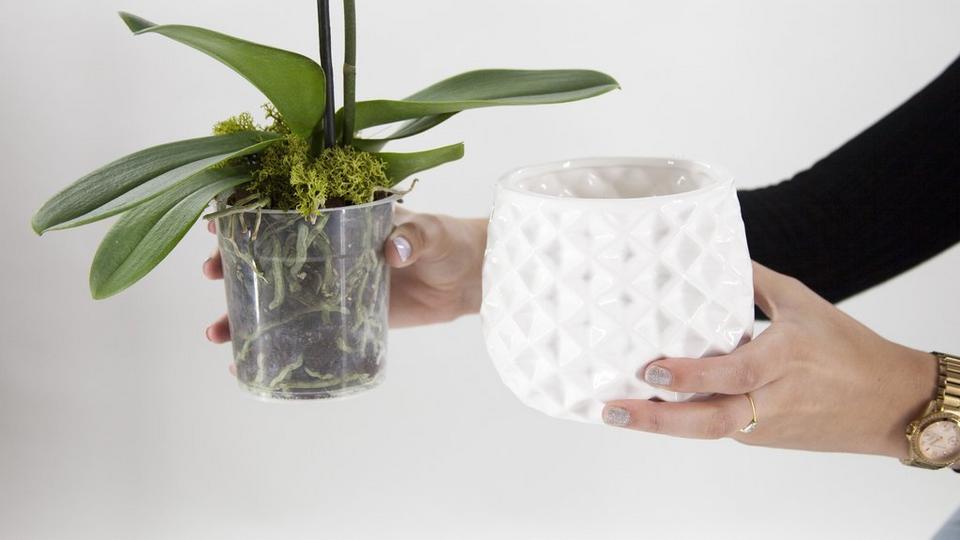
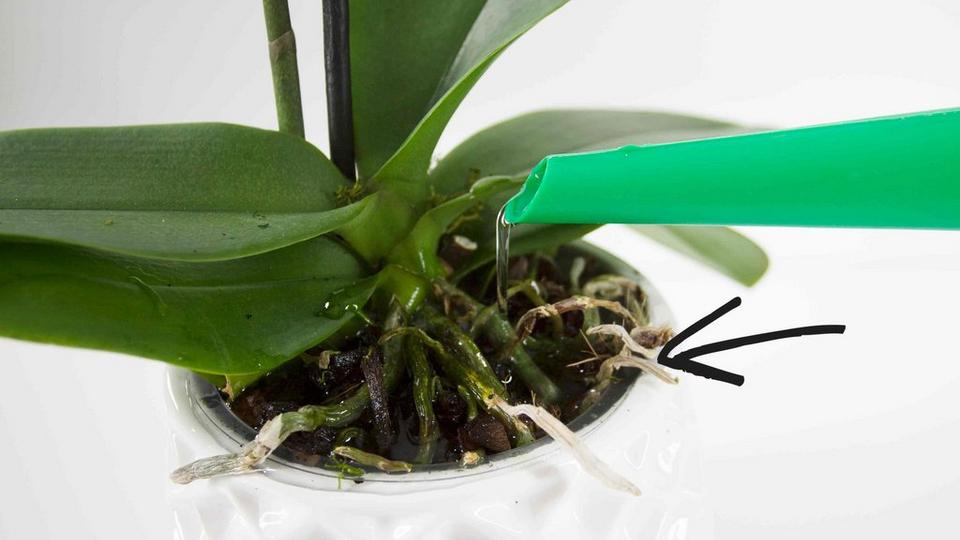
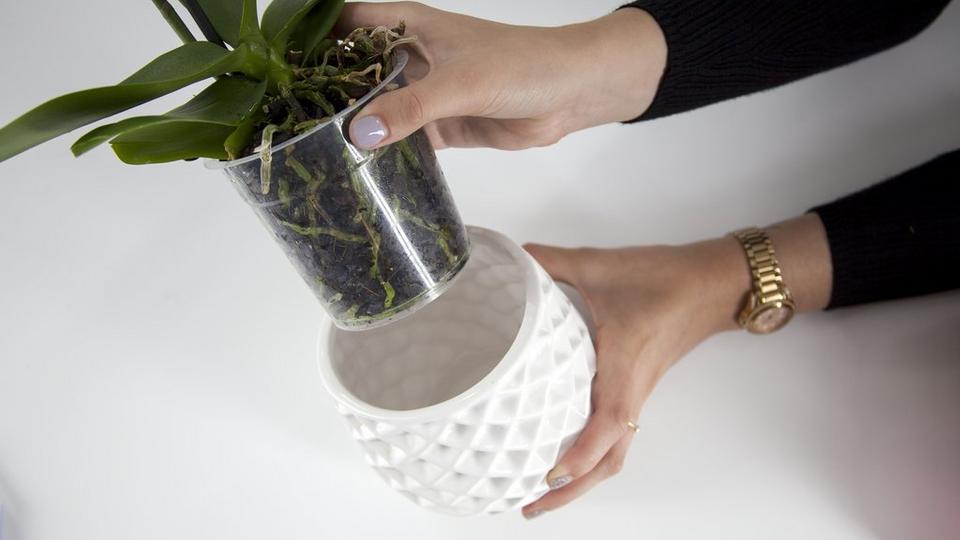
Option 2: Use an ice cube to water your orchid
Yes, that’s right. Ice cubes straight from a small/medium sized ice cube tray are a great way to water orchids. ‘Why would you use ice cubes?’ we hear you ask. Well using ice cubes…
- Improve absorption
- Prevent root rot
- Avoid overwatering
- Make life easier!
All you need to do is pop one cube twice a week on top of the potting material but under the leaves (if it’s in an especially hot spot it might need more, if cool a little less). Just be careful there’s no water left in the holding pot. If you spot water pooling on the orchid or feel the pot getting heavier (or hear it sloshing) empty out that excess water, it’s no friend to your plant.
Option 3: Just pour water on your orchid!
Remember what we said about orchids not being as tricky as some say? Well, it’s true – you can just stick with the traditional method of watering and use a watering can or glass of water! We’d recommend about a quarter of a glass of boiled then cool or distilled water a week, with the useful rule of a bit more if it’s hot and a bit less if it’s cool. Top watering tips:

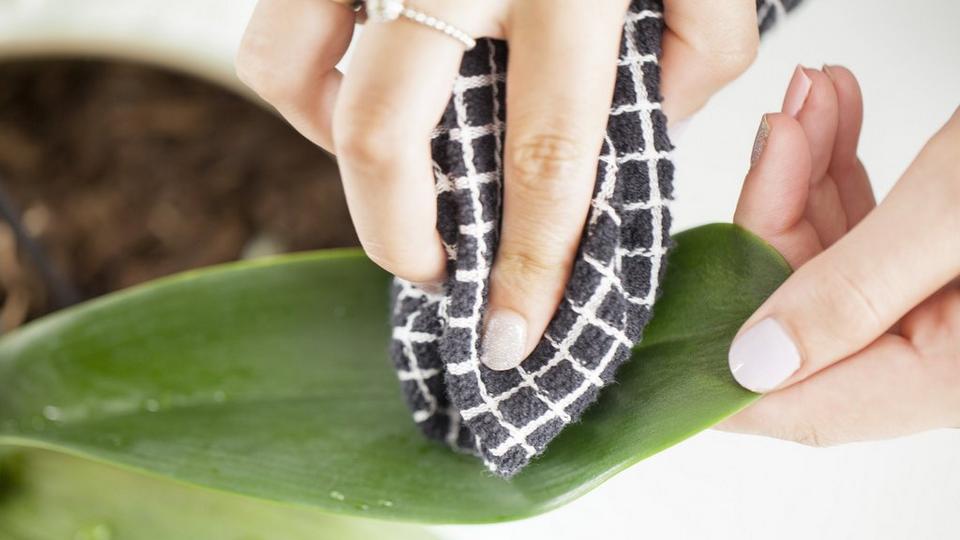
When to water orchids
Watering can be a little bit of trial and error. Long summer days might mean your plant is thirstier and needs more water, while in winter your orchid will need less.
A good way to judge if you’re watering the right amount is to keep an eye on the plants root.
- Roots are green = the plant is getting just the right amount of water
- Roots are soggy and brown = ease up, it’s getting too much water
- Roots are grey or white = your plant is thirsty and needs more water
Another easy way to tell is just by poking a finger into the soil or pottering material, if it’s wet or damp don’t water it, if it’s dry add some water.
Light, location and humidity for orchids
Like most plants the right level of light is vital for orchids. You want to avoid direct sunlight as orchids can get sunburnt (yes really!) so if you’re worried your plant is in too sunny a spot, keep a close eye on them as their leaves can scorch in a matter of hours.
The ideal location for an orchid is:
- A room that’s a constant temperature through the day
- Somewhere away from fruit
- Somewhere away from drafts
- Somewhere in indirect sunlight
Finding the right light
Orchids, like a lot of plants, love indirect sun – sunlight that’s been bounced off a wall or filtered through another object. There’s a simple way to check if the level of indirect sun is right, we call it the shadow test.
Head to your plant on a sunny day when the sun is at its highest point (usually around midday), hold your hand over it, a few inches from the leaves and check the shadow it casts.

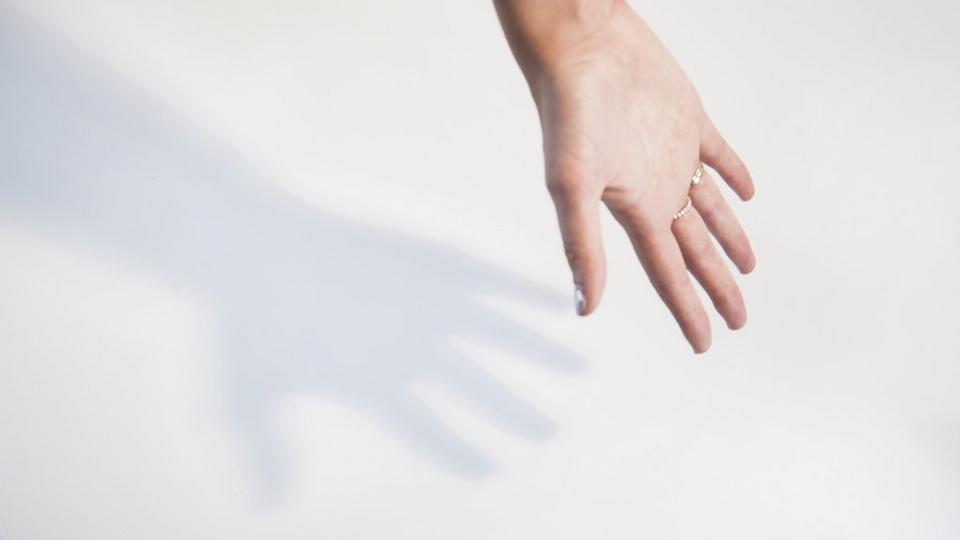
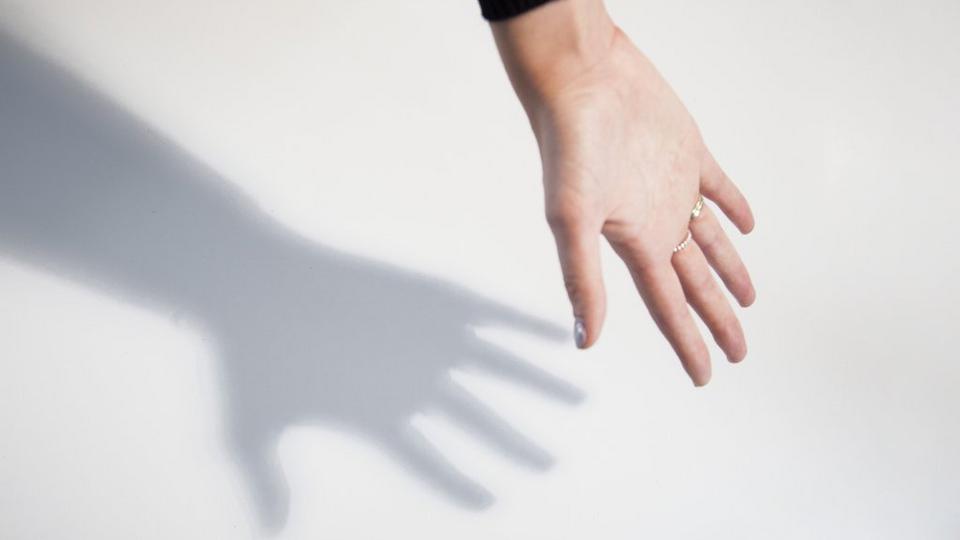
Should I mist my orchid?
Short answer? Yes! Orchids generally love humid conditions because they’re a tropical plant. The easiest way to recreate their humid home is by misting them with a spray bottle. But remember what we said earlier about not using standard tap water? Well when it comes to misting, that’s especially important. Minerals in tap water can leave white stains on orchid leaves which as well as looking a little unsightly, also stops them absorbing moisture.
When to mist
You can spray the leaves up to twice a day. It might seem like a lot but water evaporates quickly. If you’re worried you’re misting too much just check the soil with your finger before you mist – if it’s wet or damp, give the mist a miss.
Signs your orchid needs a mist
- Stunted or very slow growth
- Flower buds falling off
- Brown-tipped leaves
- Twister flowers
Pruning orchids
Taking a pair of secateurs or a knife to a beloved plant might be daunting, but it’s really important to encourage new blooms and growth. Just follow our guide and you’ll soon be pruning like a pro, and as long you’re giving your orchid all the other TLC it needs it should produce more gorgeous blooms in its next cycle.
When to prune
When your orchid blooms its flowers can last up to 12 weeks. After that the flowers will most likely fade or fall off – that’s your cue: it’s pruning time.
How to prune
- Before you start chopping away check the health of your stem(s).
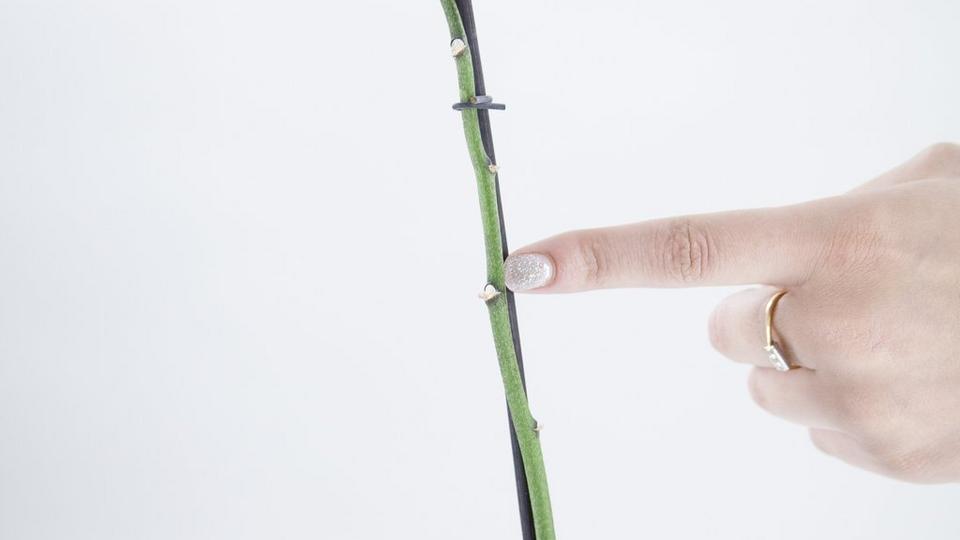
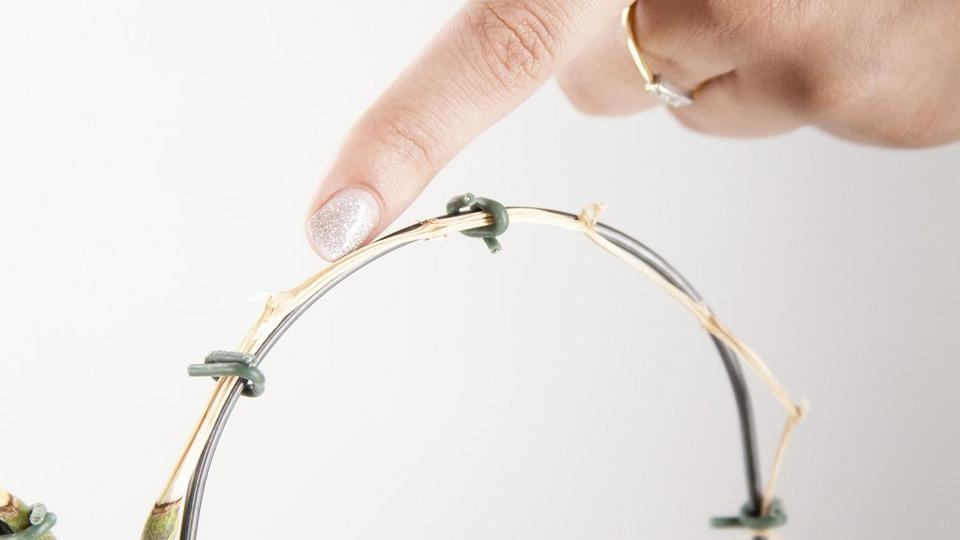
-
Then sterilise your shears/secateurs or a sharp knife. You can do this with sterilising fluid or boiling water. It’s all to make sure no bugs are getting onto your precious plant.
-
Trim away any dead leaves, tissue or roots being sure to cut diagonally. Remember pruning an orchid is not like pruning a shrub – if you accidentally nick a healthy leaf the rest of the leaf will probably die, so go carefully and be really gentle.
-
Trim your stem, how you do this depends on how healthy it is or whether it’s been pruned before.
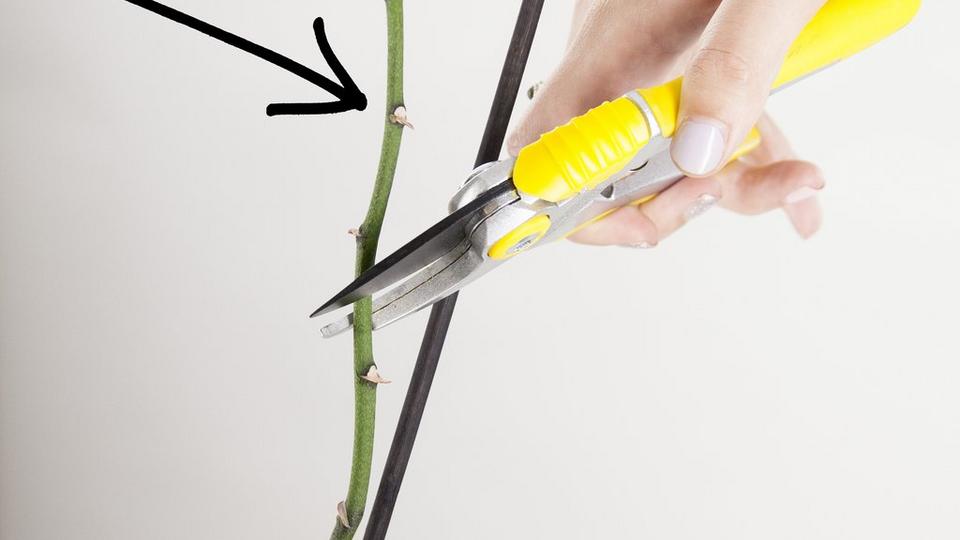
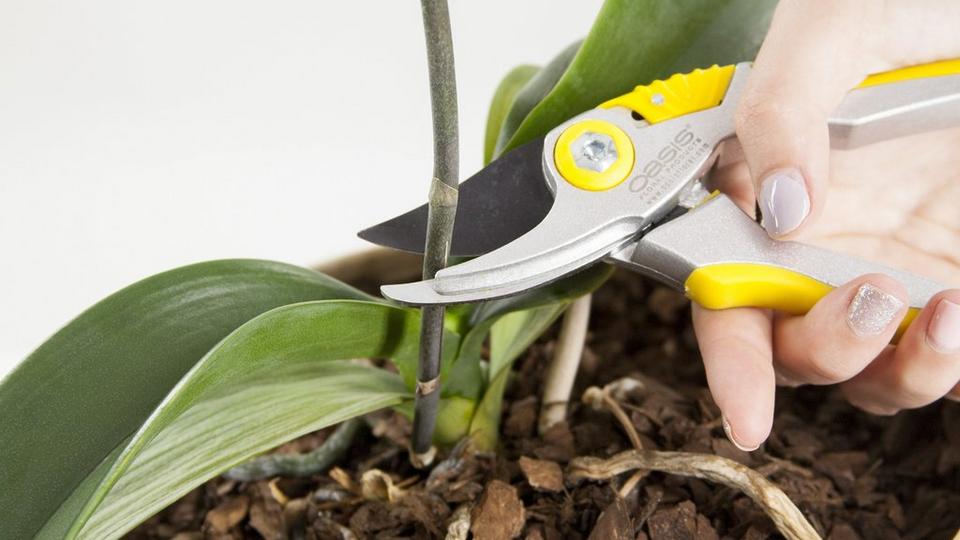

%20(1).jpg?$poi-square$&fmt=auto&qlt=default&fmt.jp2.qlt=60&bg=%23FECCA7&w=960&aspect=16%3A9)

